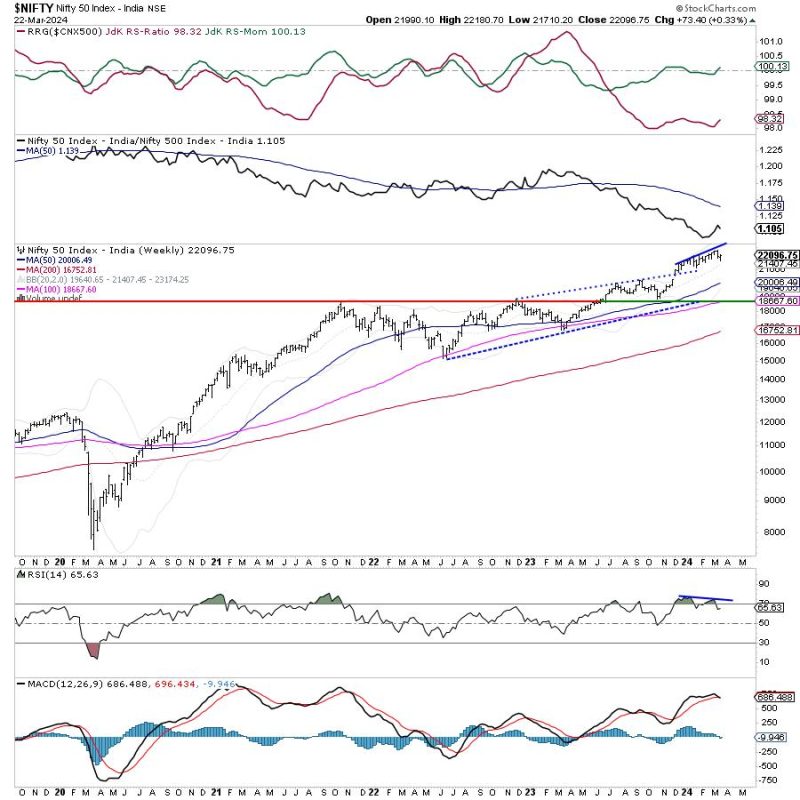With public holidays curtailing the next trading week, NIFTY participants could face a tricky terrain. The combination of fewer trading days and the ongoing macroeconomic environment could limit NIFTY to a narrow trading zone, lacking a sustained directional bias. In fact, the short week might see the return of volatility, complicating the trading landscape even more.
The impact of fewer trading days on NIFTY’s momentum might be more significant than what most market participants might expect. A shortened trading week often disrupts the usual rhythm of the market. This disruption in trading days may result in dampened volumes and could prompt heightened volatility. The fluctuations can result from differing liquidity levels, as not all market participants may be as active during a short trading week.
Moreover, the existing macroeconomic backdrop is another crucial factor that could discourage NIFTY from taking a certain directional bias. Global cues have been blowing hot and cold. On one hand, Wall Street is revealing a positive streak that India could piggyback on. However, the looming uncertainty around inflation rates, international monetary policies, and Covid-19 could sway sentiments on the downside at any moment. These mixed cues can keep NIFTY indecisive over its course.
Though the general assumption could be that a short week might bring some relief to the market, the situation could actually turn out to be more complex. The lesser number of trading days might not leave enough room for the market to settle a fresh direction. Instead, we could witness intense intraday volatility that may cause NIFTY to swing within a defined range, without making any major upward or downward move.
Nonetheless, traders must be on the lookout for signs that could guide NIFTY’s trajectory over the short week. Investors may have to look beyond the macroeconomic variables to comprehend how individual sectors or stocks might play out. A sector-specific strategy could be the key in these unusual market conditions, where some sectors might continue to show resilience notwithstanding the unstable environment.
In the coming week, traders must pay attention to technical levels of NIFTY. Immediate support is seen just above 17000; while on the upside, NIFTY may face resistance around the 17500 mark. With the moving averages and MACD indicating a neutral trend ahead, traders need to look for opportunistic dips and consolidations that could provide potential entry points.
Additionally, traders should be cautious of the earnings data scheduled for release in the upcoming week. Although the timeframe is shortened, significant reports incoming from companies could interject with some surprise movements in NIFTY.
In summary, the short trading week coupled with the uncertain macro-environment may restrict NIFTY from adopting a steady directional bias. Instead, the Indian equities are likely to experience a return of volatility, where indices may oscillate within a narrow range. Traders must stay vigilant, recalibrate their strategies to adapt to the prevailing market conditions, and tread with caution while dealing with this distinctive market landscape.




